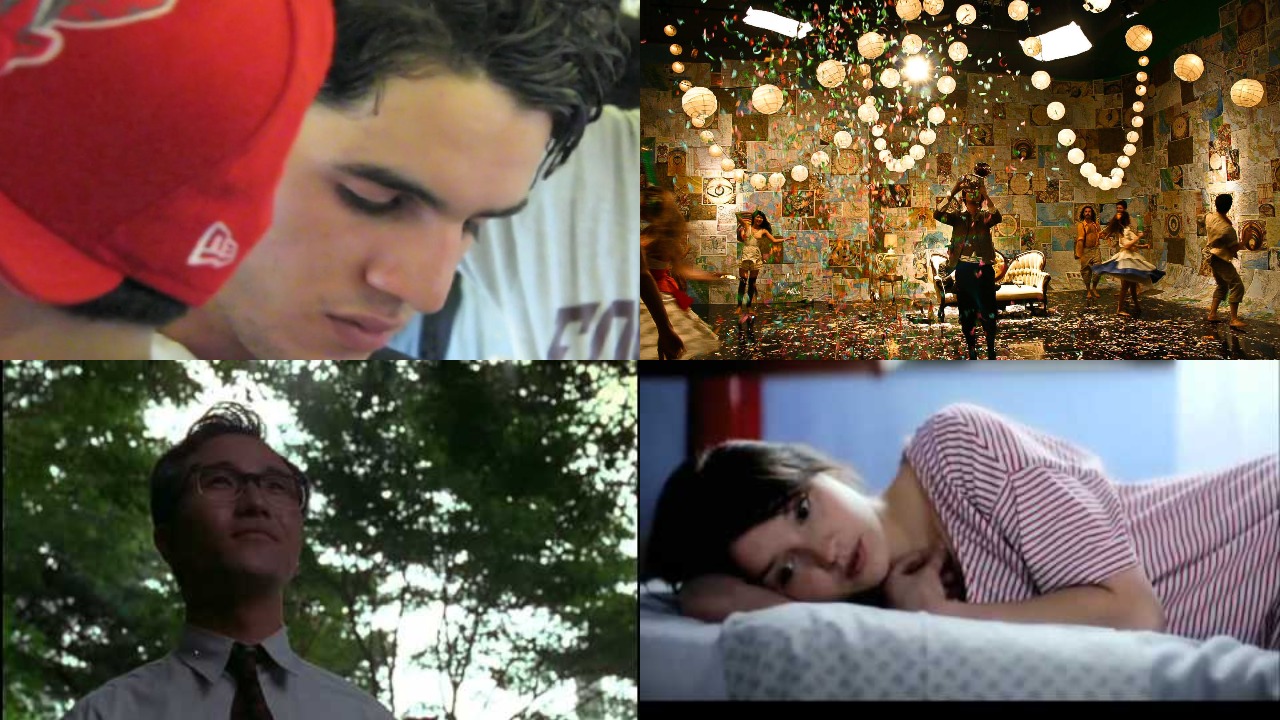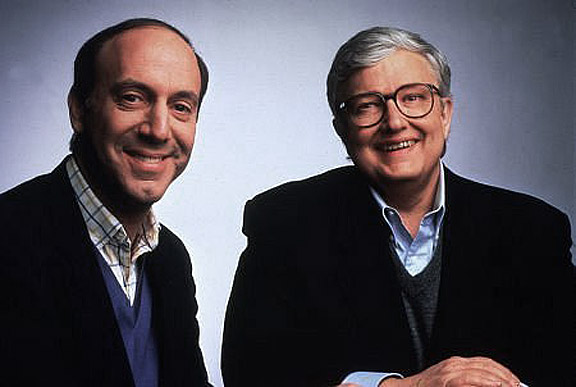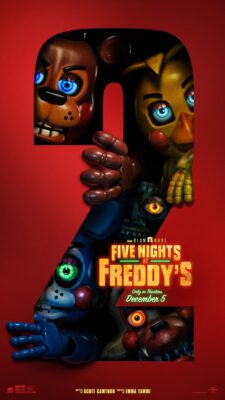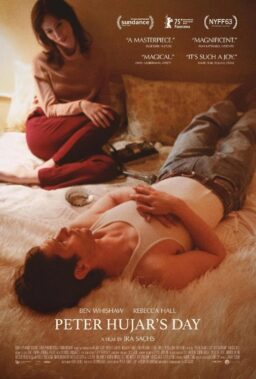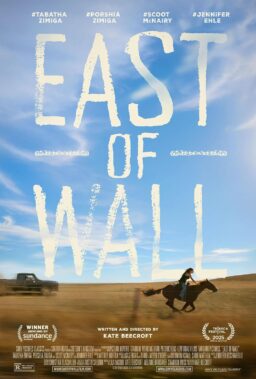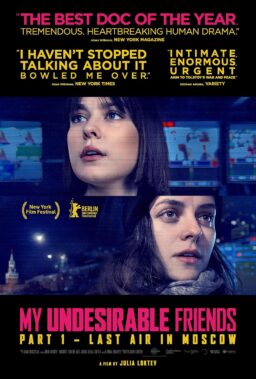The list of great, working directors constantly shifts, with different names and faces growing due to critical and commercial success. In 2019 and into 2020, great filmmakers drew big audiences and scores of fans, like with Bong Joon-ho and his dramatic Best Picture win for “Parasite” and Céline Sciamma finding new devotees with her French lesbian love story “Portrait of a Lady on Fire.” Josh Safdie and Benny Safdie united every New York City and basketball fan with their passion project “Uncut Gems,” and Alma Har’el brought Shia LaBeouf back into the limelight with the tender and careful “Honey Boy.”
But these directors all started small, their authorships foreshadowed by music videos, student projects, and single-scene works. Taking a look at the early shorts from some of cinema’s freshest, most celebrated directors can give a glimpse into the developments they’ve made over the years. As with the five filmmakers celebrated below, their shorts provide the same excitement, joy, and thrills that their features do year-round.
Bong Joon-Ho: from “Incoherence” (1994) to “Parasite”
About 25 years before Bong Joon-Ho created the Oscar-winning and groundbreaking, societal darling “Parasite,” he sat in film school at the Korean Academy of Film Arts. He broke up his thesis film “Incoherence” into four episodes, resulting in a 30-minute short. The film breaks up into three separate stories of men committing small injustices to fellow people: a professor covering up a lewd magazine a student is about to see, a man tricking a newspaper boy into getting scolded, and a man with some heavy public intoxication (and possible urination).
Episodes 1, 2, and 4 have subtitled versions while the only version of episode 3 exists without subtitles on Naver, “the Google of South Korea” below. Each chapter represents a bit of Bong’s filmmaking style, with long and sweeping shots, lots of dark hilarity, and elements of surprise plucked throughout the short. The epilogue serves as a way for the director to tie these stories together, as we learn that each of these men exist in prominent positions in Korean society. They’ve been gathered to do a live TV panel, which is being broadcast nationally from the looks of it, about the recent spike in violent and petty crimes. It’s a brutal and biting comedy, with small thrills peeking underneath the lighter tones. The short grows progressively darker as you go along, but you’re in assured hands, even for a student looking to graduate film school.
“Incoherence” lives as a picture from a director still finding his footing, but the structure shows that Bong had a knack for telling stories in unconventional and entertaining ways. He addresses society and all of its norms, while presenting human figures in odd and compromising situations. Bong understands how to represent both sides of the coin: the rich and the poor, the needy and the needless, the powerful and the powerless. In those ways, “Incoherence” and “Parasite” could work as a double-feature that any filmmaker should be proud of, and any critic or audience member would enjoy.
Here are the four parts of “Incoherence” via The Film Stage:
Part 2 of “Incoherence” (via YouTube)
Part 3 of “Incoherence” (via Naver)
Part 4 of “Incoherence” (via YouTube)
Safdie Brothers: from “There’s Nothing You Can Do” (2008) and “John’s Gone” (2010) to “Uncut Gems”
The Safdie brothers, Josh and Benny, have become synonymous with New York City film, breaking into people’s lives with 2017’s “Good Time” and more recently with last year’s “Uncut Gems.” The Queens natives haven’t always worked together, each breaking off to direct their own projects throughout the 2000s. Josh Safdie started with “We’re Going to the Zoo”; Benny Safdie grew with “The Acquaintances of a Lonely John.” However, the Safdies worked together to create “There’s Nothing You Can Do” (2008) and the Berlinale Film Festival selection “John’s Gone” (2010).
Almost reality television turned documentary, the nearly four-minute “There’s Nothing You Can Do” finds the brothers in peak form. Filmed on a New York City bus, the short stars Benny Safdie, as many of their other films do, as he gets into a yelling match with a woman holding a crying baby. Dressed in a suit and holding a crumpled paper, Benny fights with the other passengers until they throw him off the bus in pure hilarity mixed with reality.
The short features the Safdie’s current-signature cramped and hectic style of filmmaking, with the camera always a little too close and the noise always a little too loud. In less than four minutes, they use overlapping dialogue along with constant baby noises to create an element of claustrophobia. It’s impossible to ignore the resemblance to their later, longer works. Oh, and bus passengers include “Paranormal Activity 3” co-director Ariel Schulman and “Daddy Longlegs” star Ronald Bronstein.
“John’s Gone” again features Benny (with Bronstein co-writing) in the title role as John, a man trying to keep his emotions in check, his building’s cockroaches out of the hallways, and his possessions out of his apartment. Benny Safdie gives another great performance as a man in disarray, and we see a glimpse of viral meme king Mitchell Wenig, one of the annoying twins from “Uncut Gems,” as a mugger. While other shorts might show their chaotic style, “John’s Gone” feels more grounded in the monotonous difficulty of everyday life and a glimpse into petty crime. John surrounds himself with lowlifes and non-friends, burdened by his mother’s passing and a monkey strapped to a possible buyer’s back. The film features just enough oddity to make it believable and just enough reality to make it resonant. Again, the brothers trade high quality video for interesting cinematic choices and a mix of comedy and intensity that is becoming their trademark.
The Safdies continue to make short films, coming out with “Goldman v. Silverman” in early 2020. You can find “Nothing You Can Do” below.
You can find “John’s Gone” on the Criterion Channel or Fandor, both requiring a paid subscription.
Céline Sciamma: from “Pauline” (2010) to “Portrait of a Lady on Fire”
Though French filmmaker Céline Sciamma wrote her first film “Les premières communions” in 2004, the first short she directed came in 2010 in “Pauline.” Coming after she had directed her first feature in “Naissance des pieuvres (Water Lilies)”, this 7-minute, 54-second film focuses on a young girl as she recounts her adolescence while lying on her bed. Personal, specific, and serious, “Pauline” lacks the gorgeous spectacle you see in “Portrait of a Lady on Fire,” but retains the same affecting intimacy.
Panning from the girl’s shoes sideways up to her face, the camera stops, and Sciamma allows Pauline (Anaïs Demoustier) to simply speak to us for the majority of the film. The camera never moves again. Instead of talking directly to us, though, Pauline darts her eyes away, shifting them ever so slightly as she traverses difficult and often heartbreaking storytelling. Sciamma achieves a similar sense of immediate importance as she did in “Portrait,” and you feel that this girl deserves your full attention. She fills up the screen, gobbling up the most essential corners of your mind in the process, despite her low and quiet voice.
The girl’s movements mirror the camera’s, nearly unflinching outside of neck scratching and eyebrow raising. Though the writing credit goes to Daphné Charbonneau for the original idea, it becomes hard to imagine Sciamma didn’t tweak the specifics, especially if you’ve seen any of her later movies. “Pauline” again deals with unrequited and forbidden lesbian love and identity, a significant theme in Sciamma’s work. This short lends itself as another example of the French director’s ability to work with actors, though, and bring absolute honesty and vulnerability out of those she puts in front of the lens. There’s even a sighting of Adèle Haenel (from “Portrait of a Lady on Fire”) in the short’s last five seconds, credited as the only other actor in the film. The final touch of allowing the quiet murmurs, laughs, and noises of the two women to play during the credits shows that even a decade ago, Sciamma had the ability to make powerful cinema.
Alma Har’el: from “Beirut: Elephant Gun” (2007) to “Honey Boy”
Alma Har’el leapt onto critics’ radars in 2011 with the documentary “Bombay Beach,” winning Tribeca Film Festival’s top doc prize in the process. Her first directorial credit though comes in the form of a music video titled “Elephant Gun” from the indie-rock-folk-world band Beirut, named after Lebanon’s coastal capital. The band, now with a medium-sized yet ardent fanbase, released this 4-minute, 33-second music video, their first, in 2007.
Opening up on a strumming mandolin, “Elephant Gun” features frantic imagery, dancing, and costuming, set in a single (and spacious) wallpapered room. With horns blaring as choreographed dancers jumping around band members, the short focuses on lead singer and trumpeter Zach Condon. Intercutting Condon’s instrumentation while standing in the ocean with elephant-trunk-wearing partygoers in their mid-20s, Har’el uses the swell of Beirut’s music to great heights, adding in people as the music grows. Har’el never allows for any sounds outside of the song itself, instead opting to have dancers move in unison, pop balloons, and laugh joyously to the music.
Wider shots replace intimate moments and crowded pictures replace the singularity you see in a film like Har’el’s 2019 directorial debut, “Honey Boy.” “Elephant Gun” feels similar to Har’el’s later work in how nestles itself into your mind in due time. The short jumps from hectic to specific and back again, always distinct despite its lack of any real plot. A series of images more than a connected film, you want to watch it two, three, or four times. It’s weird, jagged, and unpolished, yet it shows that Har’el never thought to make middle-of-the-road pieces of art. Yes, it’s a music video, but it shows the director making the most of what she had, and creating a world inside a single room, reminiscent of the motel scenes between Shia LaBeouf and Noah Jupe in “Honey Boy.”
